Beetles
Adult beetles have a distinctive appearance, with the hard elytra covering most of the body and meeting down the mid-line, which makes them easy to recognise but this apparent uniformity hides an enormous variety of life histories.
There are numerous variations in larval forms and feeding habits, and beetles can be found in a wide range of habitats. In turn this makes them important in ecological research and environmental surveys. The group has always been popular with general naturalists and insect collectors, second only to the Lepidoptera, and not least because most specimens are robust and easy to keep in collections.
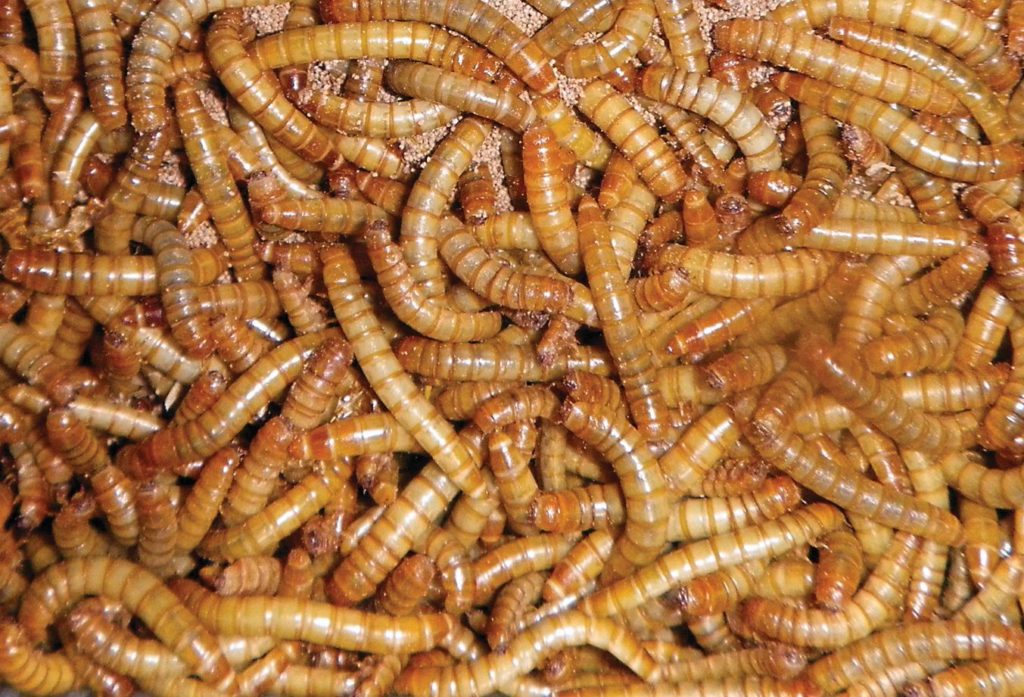 Tenebrio molitor larvae mealworms Credit Peter Barnard
Tenebrio molitor larvae mealworms Credit Peter Barnard
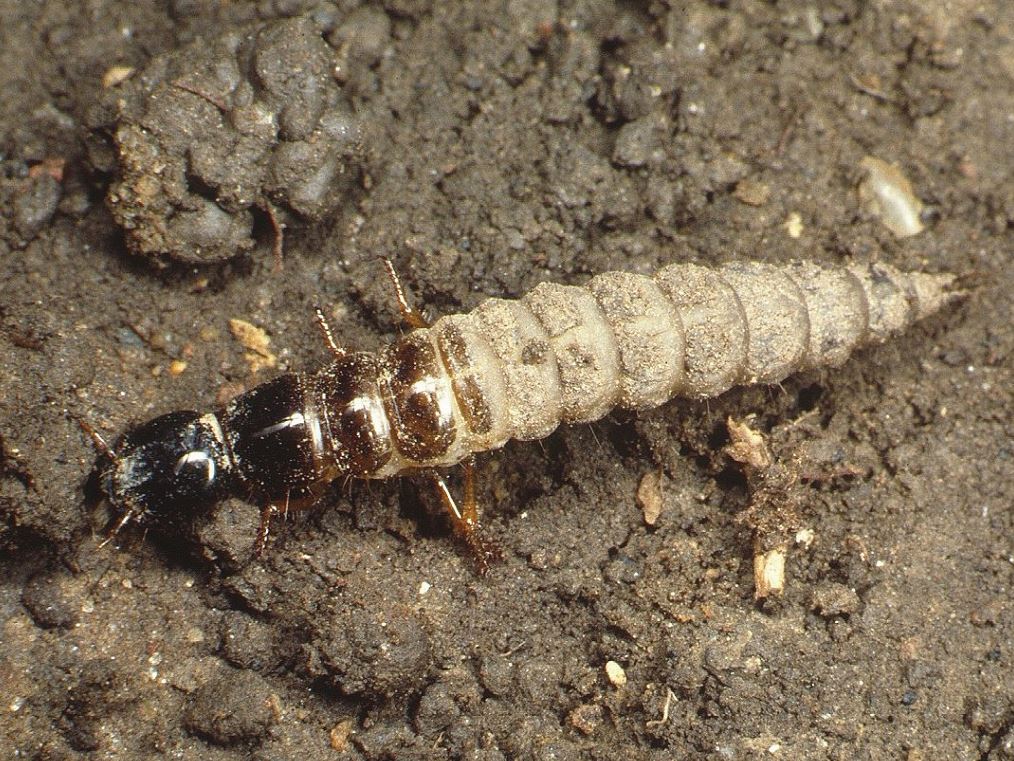 Carabidae larvae Credit Roger Key
Carabidae larvae Credit Roger Key
In common with other endopterygote insects, the larvae are the main feeding stage but in many families the adults are long-lived and also feed. Sometimes larvae and adults occupy similar habitats with the same food requirements, but in other cases the adults have different habits from the larvae.
The hard elytra have undoubtedly played a part in adult longevity because the well-protected insects can burrow under the ground or in wood without damage; most other adult endopterygotes have fragile wings that limit their activity.
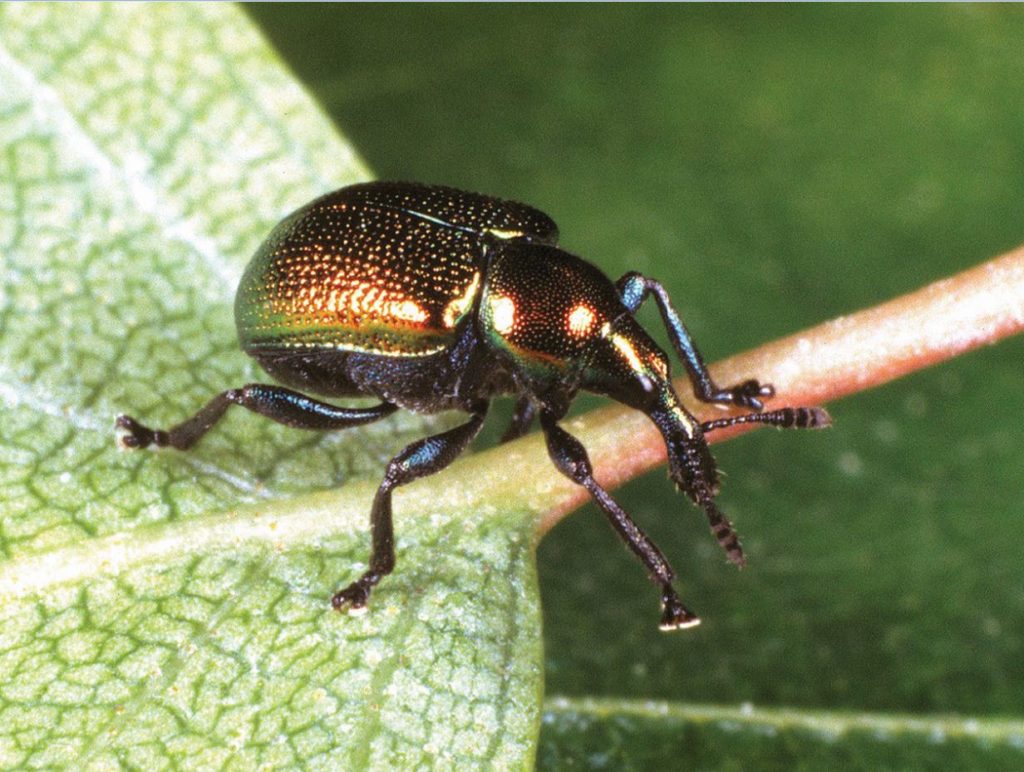 Byctiscus populi Credit Roger Key
Byctiscus populi Credit Roger Key
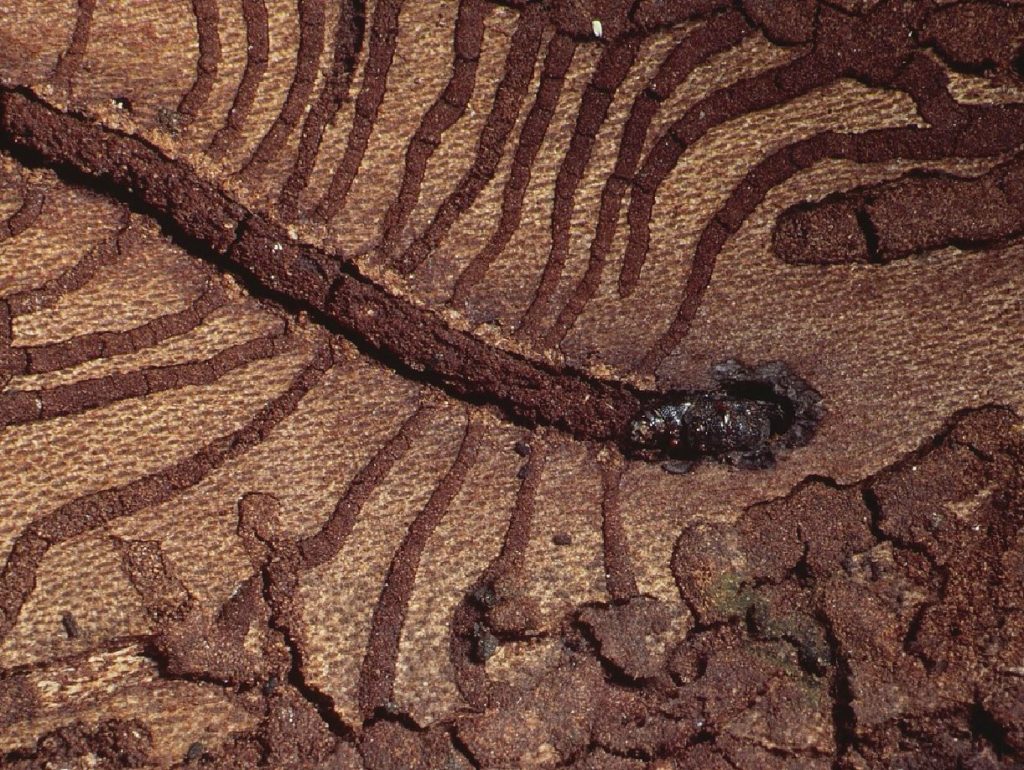 Galleries of Scolytus multistriatus Credit Roger Key
Galleries of Scolytus multistriatus Credit Roger Key
Well-known groups of beetles include ground beetles, diving beetles, woodworm, carpet beetles, longhorns, leaf beetles, ladybirds, weevils, oil beetles, soldier beetles, glow-worms, click beetles, stag beetles, dung beetles and rove beetles.
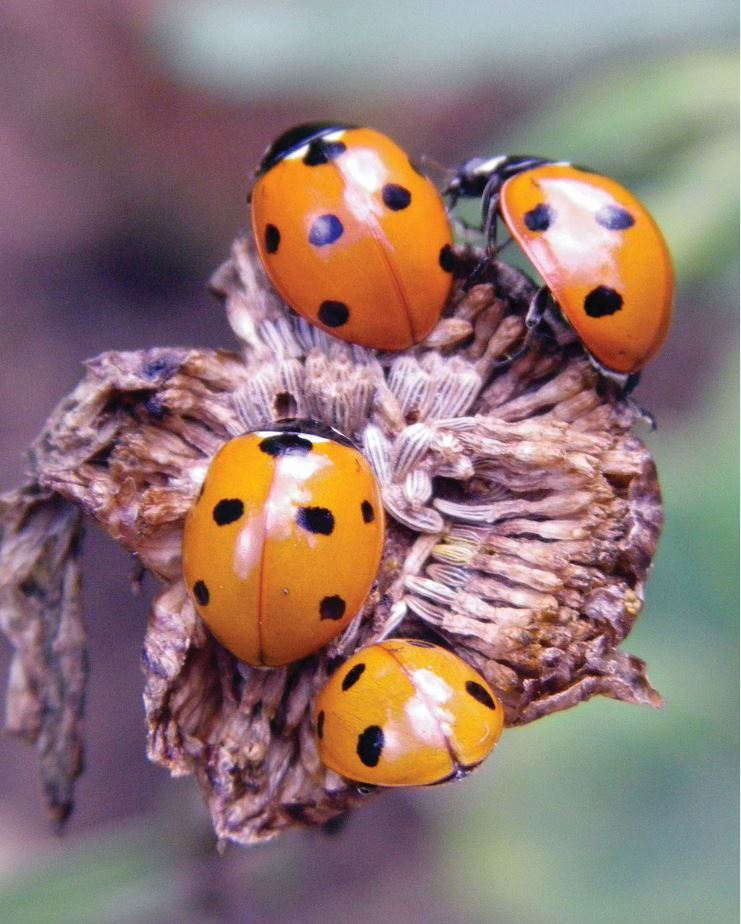 Cluster of Coccinella septempunctatus 7-spot ladybirds Credit Peter Barnard
Cluster of Coccinella septempunctatus 7-spot ladybirds Credit Peter Barnard
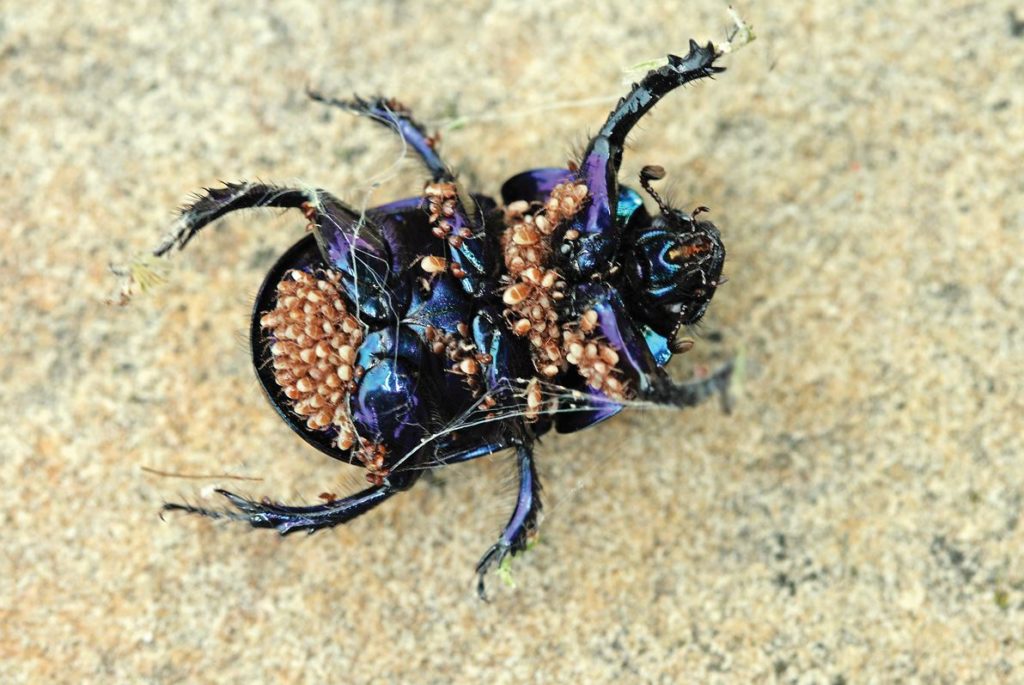 Underside of Geotrupes stercorarius with phoretic mites Credit Colin Rew
Underside of Geotrupes stercorarius with phoretic mites Credit Colin Rew
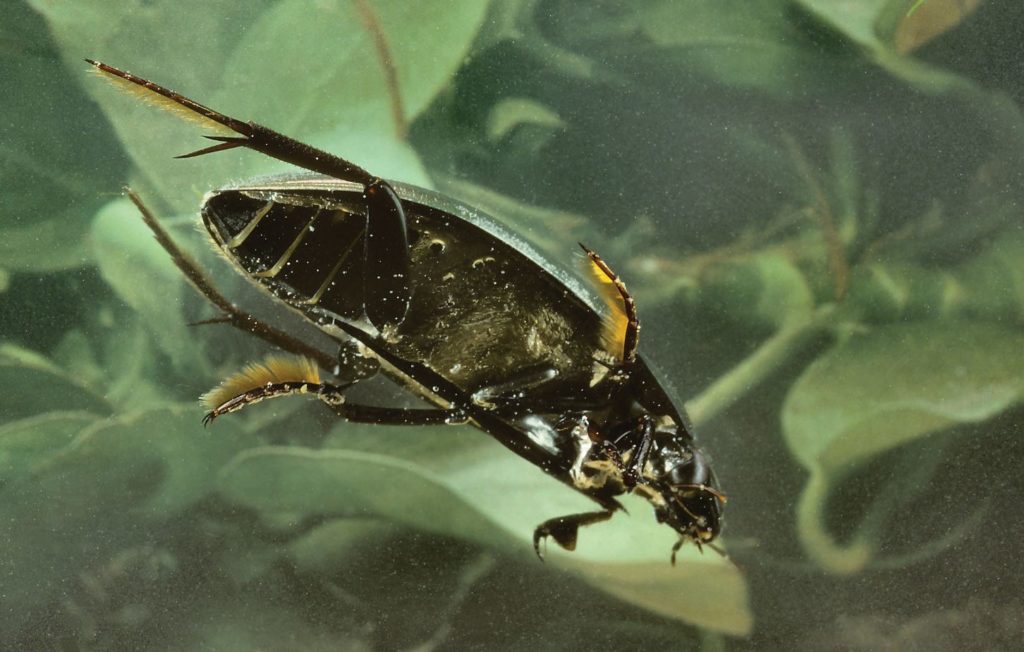 Hydrophilus piceus Credit Robin Williams
Hydrophilus piceus Credit Robin Williams
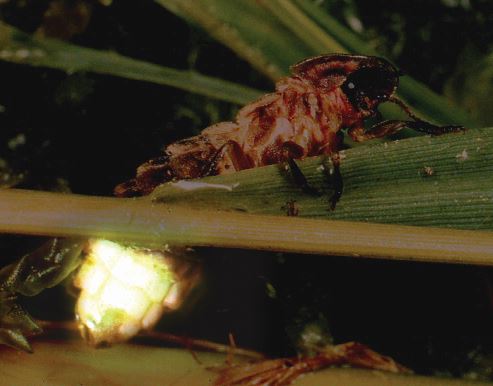 Lampyris noctiluca female glowing Credit Roger Key
Lampyris noctiluca female glowing Credit Roger Key
Worldwide there are around 350,000 known species in 175 families; in Britain there are about 4,000 species in 112 families.
This educational video has been developed by the Field Studies Council BioLinks project, thanks to funding from the Royal Entomological Society and the National Lottery Heritage Fund. Made in collaboration with Eco Sapien.
Identification help